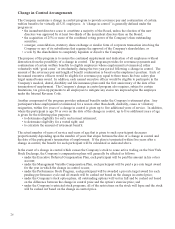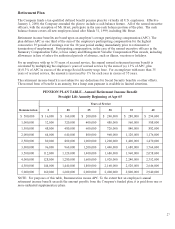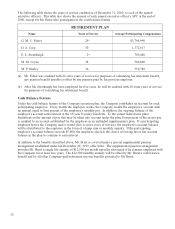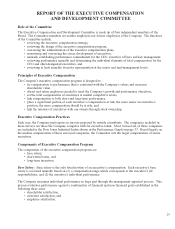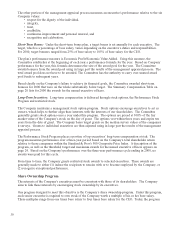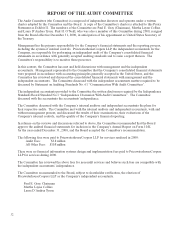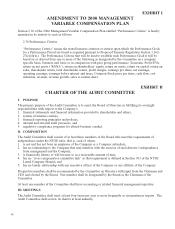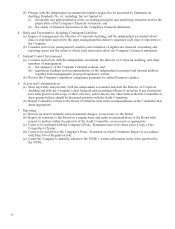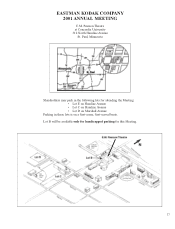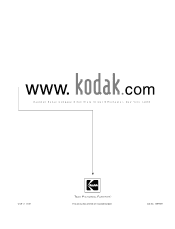Kodak 2000 Annual Report Download - page 108
Download and view the complete annual report
Please find page 108 of the 2000 Kodak annual report below. You can navigate through the pages in the report by either clicking on the pages listed below, or by using the keyword search tool below to find specific information within the annual report.36
(f) Discuss with the independent accountant the matters required to be discussed by Statement on
Auditing Standards No. 61, including, but not limited to:
(i) the quality and appropriateness of the accounting principles and underlying estimates used in the
preparation of the Company’s financial statements, and
(ii) the clarity of financial disclosures in the Company’s financial statements.
4. Risks and Uncertainties, Including Contingent Liabilities
(a) Inquire of management, the Director of Corporate Auditing, and the independent accountant about
risks or exposures and review the steps management has taken to minimize such risks or exposures to
the Company.
(b) Consider and review management’s analysis and evaluation of significant financial accounting and
reporting issues and the extent to which such issues may affect the Company’s financial statements.
5. Internal Control Environment
(a) Consider and review with the independent accountant, the Director of Corporate Auditing, and other
members of management:
(i) the adequacy of the Company’s internal controls, and
(ii) significant findings and recommendations of the independent accountant and internal auditors
together with management’s proposed responsive actions.
(b) Review the Company’s regulatory compliance programs for ethical business conduct.
6. Access and Communication
(a) Meet separately and privately with the independent accountant and with the Director of Corporate
Auditing and with the Company’s chief financial and accounting officers to ascertain if any restrictions
have been placed on the scope of their activities, and to discuss any other matters that the Committee or
these groups believe should be discussed privately with the Audit Committee.
(b) Report Committee actions to the Board of Directors with such recommendations as the Committee may
deem appropriate.
7. Reporting
(a) Review its charter annually and recommend changes, as necessary, to the Board.
(b) Report its activities to the Board on a regular basis and make recommendations to the Board with
respect to matters within the purview of the Audit Committee, as necessary or appropriate.
(c) Cause to be included with the Company’s Proxy Statement once every three years a copy of the
Committee’s Charter.
(d) Cause to be included in the Company’s Proxy Statement an Audit Committee Report in accordance
with Item 306 of Regulation S-K.
(e) Cause the Company to annually submit to the NYSE a written affirmation in the form specified by
the NYSE.


